Throughout history, symbols of power and victory have transcended cultures and epochs, and few symbols are as iconic as the laurel wreath in the ancient world. In Roman society, this humble plant became synonymous with military triumphs, divine favor, and civic honor. From military commanders to poets, the laurel wreath carried deep significance, reflecting the Roman ideals of virtue, strength, and divine protection. This article delves into the multifaceted role of the laurel wreath in Roman military culture, its symbolism, and its lasting legacy that continues to inspire today.
Civic Crown: A Symbol of Glory and Protection
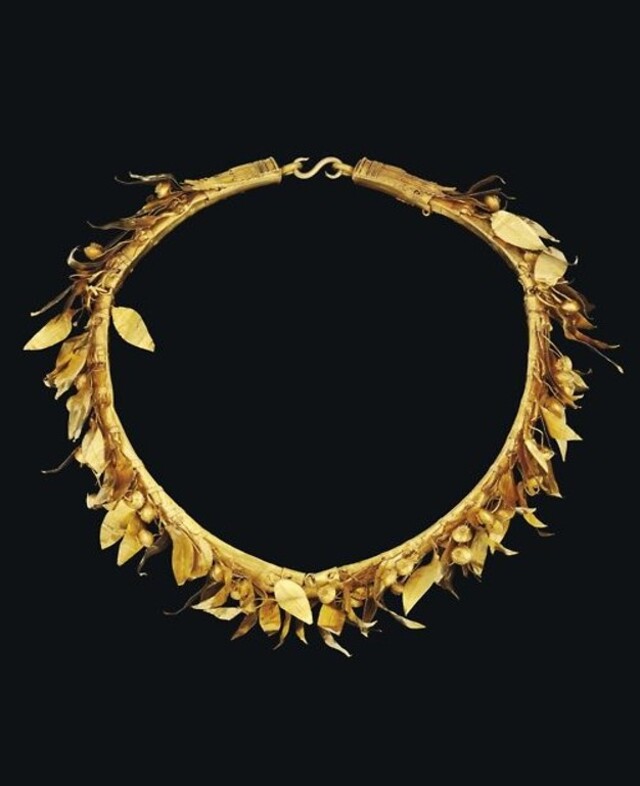
The laurel wreath, known in Latin as corona civica, was one of the most revered symbols in ancient Rome. Initially, the wreath was awarded to victorious warriors and generals, but its significance soon expanded to reflect not just military achievements but also the protection of the Roman people. The origins of the corona civica are intertwined with mythological stories, most notably the Greek myth of Daphne and Apollo. According to the myth, Apollo, smitten with the nymph Daphne, pursued her relentlessly until she was transformed into a laurel tree. The laurel tree then became sacred to Apollo, representing both divine protection and victory. This myth provided a powerful foundation for the laurel wreath’s dual symbolism: the sun god Apollo and the virtues of victory and prophecy.
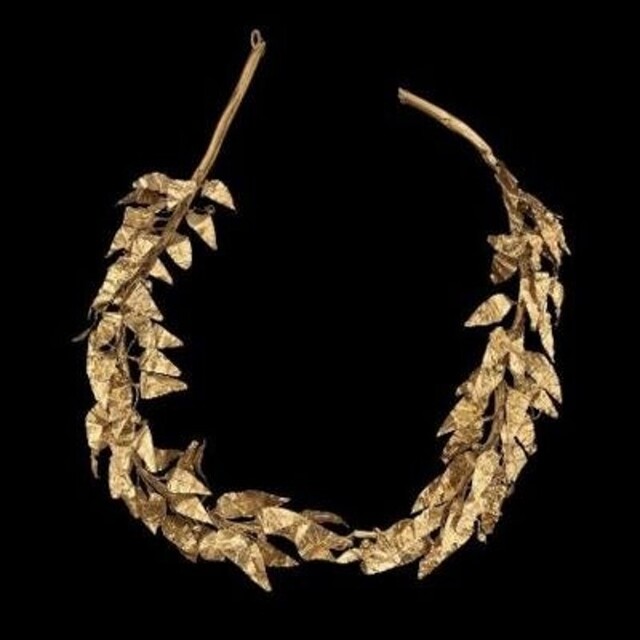
In Roman culture, the laurel wreath symbolized military glory, but it was also associated with peace and wisdom. In the Olympic Games, victors were awarded the laurel wreath, further cementing its connection to excellence and achievement. This symbolism extended to Roman commanders, where the wreath represented not just military might but also the favor of the gods, which, in the Roman worldview, was essential for sustaining power and peace.
Video
Watch the video to discover the top 10 most beautiful and expensive tiaras in history.
The Wreath as a Military Honor
The laurel wreath’s prominence in Roman military culture cannot be overstated. It became a symbol not only for generals and emperors but also for soldiers of rank. In fact, the wreath was commonly used in the military uniforms of Roman officers, especially centurions, who were often depicted in sculptures and reliefs wearing laurel crowns. The wreath was sometimes used in conjunction with other symbols of victory, such as eagles, creating a visual connection between military power and divine favor.
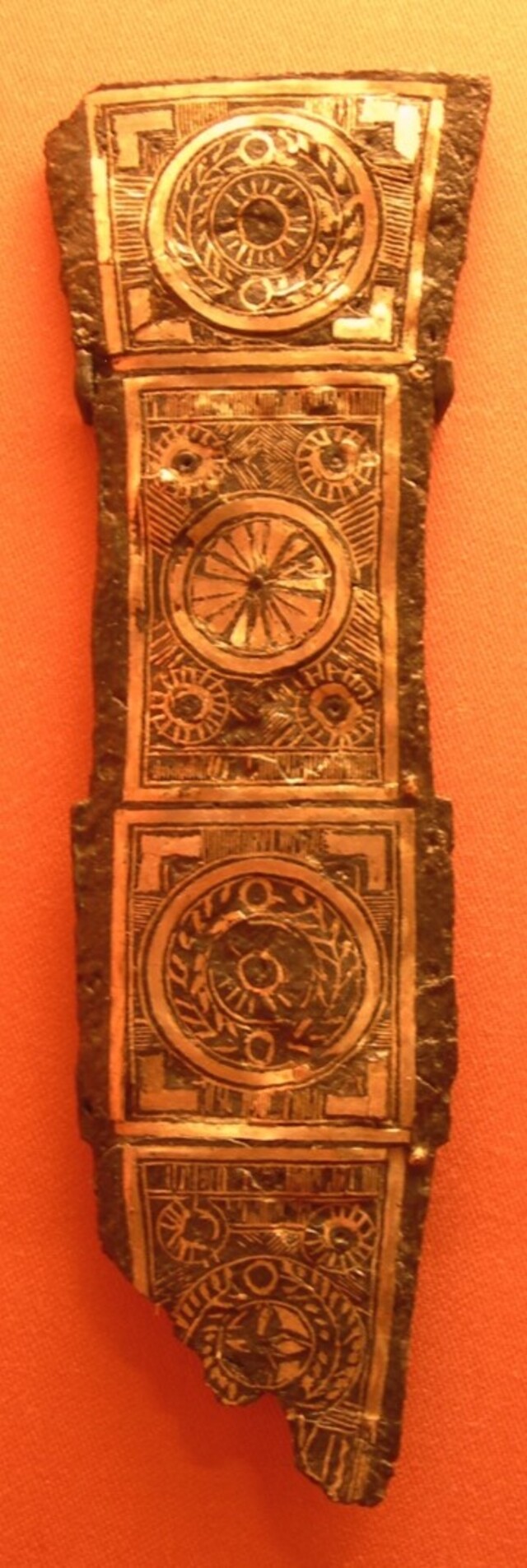
As a symbol of military glory, the wreath was seen on various equipment, from helmets to weapons. Roman soldiers, gladiators, and even high-ranking officials adorned their armor with wreath motifs. For example, on the pugio (dagger) or the gladius (sword), the wreath was often carved into the handle or guard as a mark of victory. This use of the wreath on military gear served not just as decoration but as a constant reminder of the honor and respect associated with Roman military prowess.
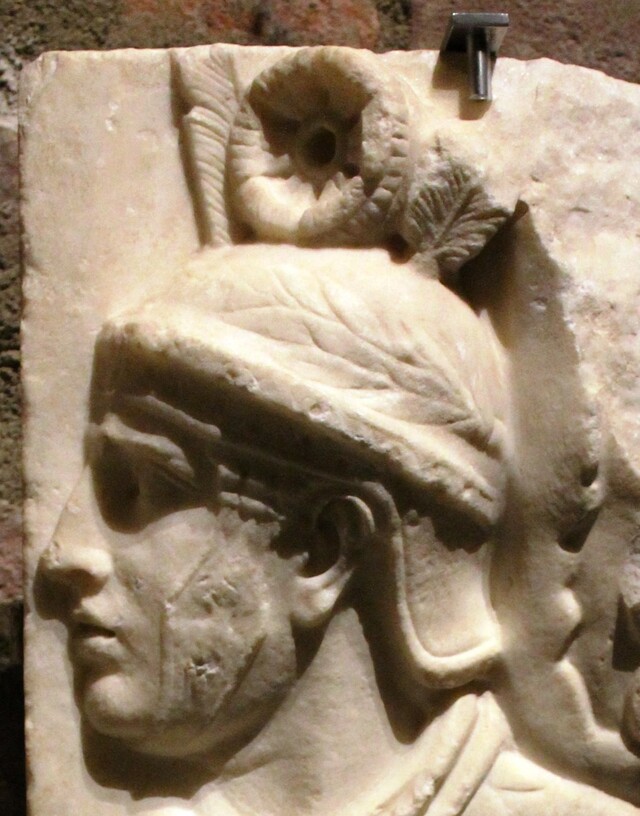
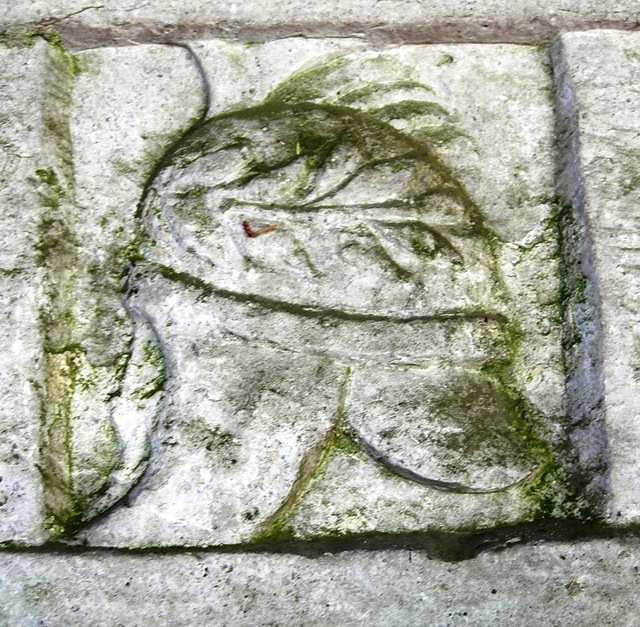
Roman generals, too, often sported wreaths as part of their parade attire, signaling their successes and their closeness to the gods. These wreaths, however, were far more elaborate than those worn by ordinary soldiers. The wreaths of emperors, for instance, were adorned with additional symbols of imperial power, such as symbols of the sun or the divine, making them a statement of both political and religious significance.
Roman Military Honors: A Closer Look
Roman military honors were prestigious awards granted for extraordinary acts of bravery, victory, and selflessness. These decorations, especially the various crowns, symbolized significant achievements in battle and were vital to Roman military culture
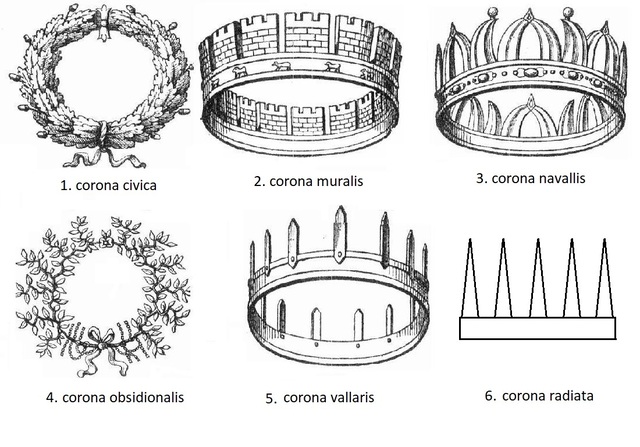
The Corona Civica: Award for Saving a Roman Citizen
The Corona Civica was given to soldiers who saved a Roman citizen during battle. Made from oak leaves, it symbolized exceptional valor and was one of the most prestigious honors in Roman military society.
The Corona Muralis: The Walled Crown
The Corona Muralis was awarded to the first soldier who scaled the enemy’s walls during an assault. This gold crown, resembling a fortification, represented bravery and was a symbol of overcoming enemy defenses.
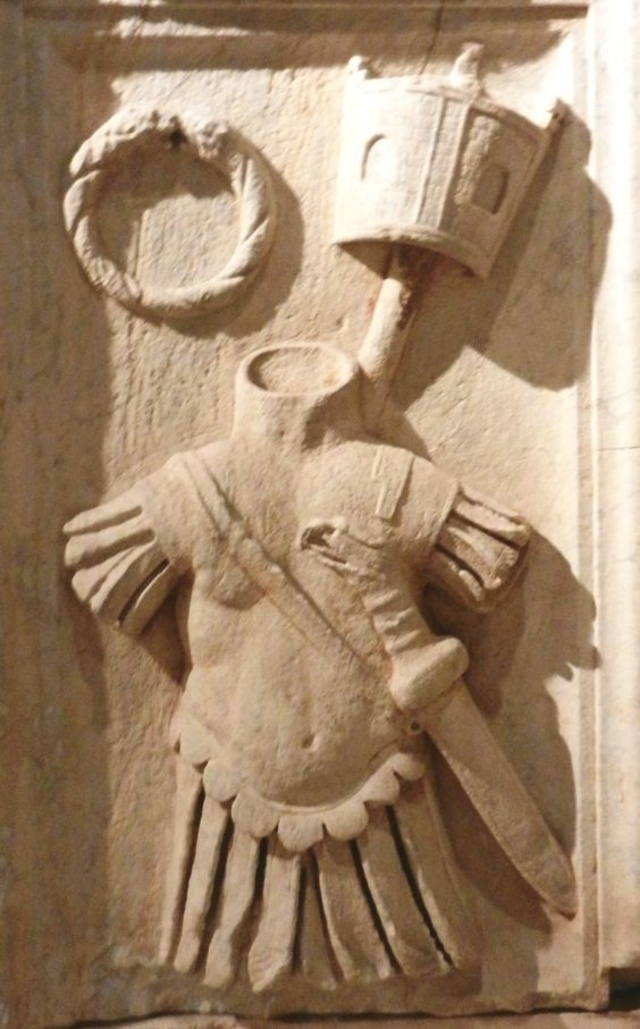
The Corona Navalis: Naval Victory and the Wreath of the Sea
The Corona Navalis was given to the first soldier who boarded an enemy ship during a naval battle. This gold crown, adorned with the beaks of ships, represented the strength of Rome’s naval power and courage on the seas.
The Corona Obsidionalis: Saving an Army from Siege
The Corona Obsidionalis, made from grass and flowers, was the highest military honor. It was awarded to the general or leader who saved an army from being besieged. It symbolized heroic leadership and tactical brilliance.
The Corona Vallaris: The Camp Crown
The Corona Vallaris was awarded to the first soldier to breach the walls of an enemy camp. Made of gold in the shape of a palisade, it symbolized valor in attacking fortified positions and breaking through enemy defenses.
The Corona Radiata: The Radiant Crown of the Emperor
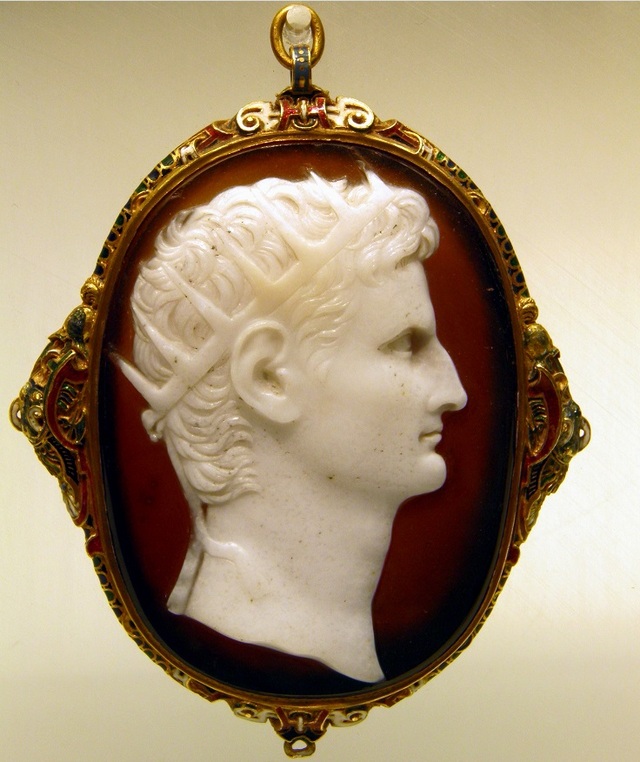
The Corona Radiata was often depicted as a radiant crown worn by emperors and gods, symbolizing divine favor and imperial power. It was often associated with the authority and majesty of the Roman Emperor, highlighting their supreme status and divine right to rule.
Centurions and High-Ranking Officials in Roman Military Honors
Among the Roman soldiers, the centurions held a special place, not only due to their rank but also because of their close connection to Roman military traditions. The wreaths worn by centurions often signified their seniority and achievements in battle. While common soldiers might wear simpler wreaths, centurions and high-ranking officers often wore far more elaborate versions, sometimes embellished with additional symbols or designs to reflect their rank.
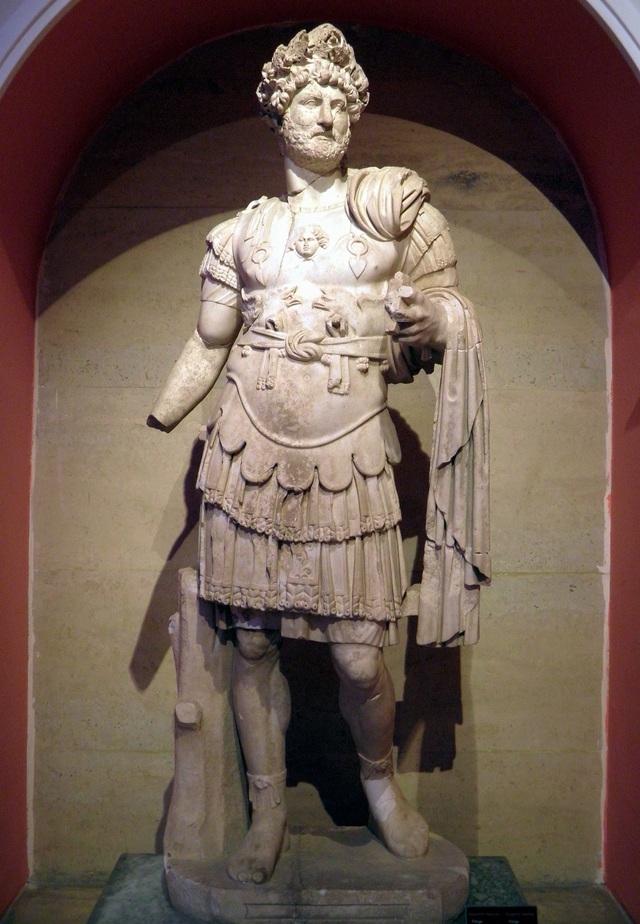
The portrayal of centurions wearing laurel wreaths in Roman art is a clear indication of the wreath’s role in emphasizing status and accomplishment. These officers were not just military leaders; they were symbols of Roman power. For example, the depictions of Emperor Hadrian wearing the corona civica show how the wreath became a symbol not just of military success but of political legitimacy and divine endorsement.
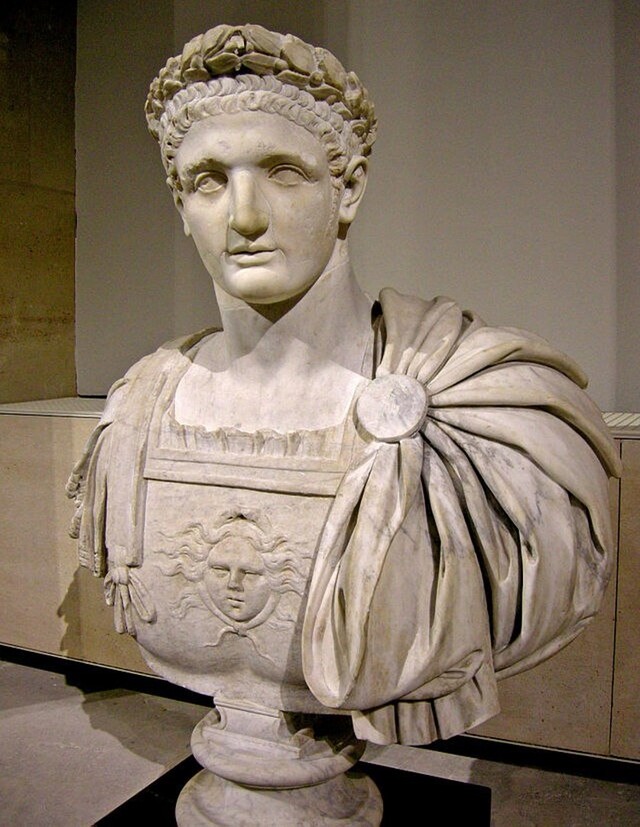
In addition to their use in depictions of centurions, laurel wreaths were also seen on the statues and portraits of Roman emperors. The wreaths they wore were often far more elaborate and decorated than those of soldiers, underscoring their status as divine rulers chosen by the gods. These imperial wreaths not only marked military victories but also symbolized the emperor’s relationship with the divine, a central theme in Roman imperial ideology.
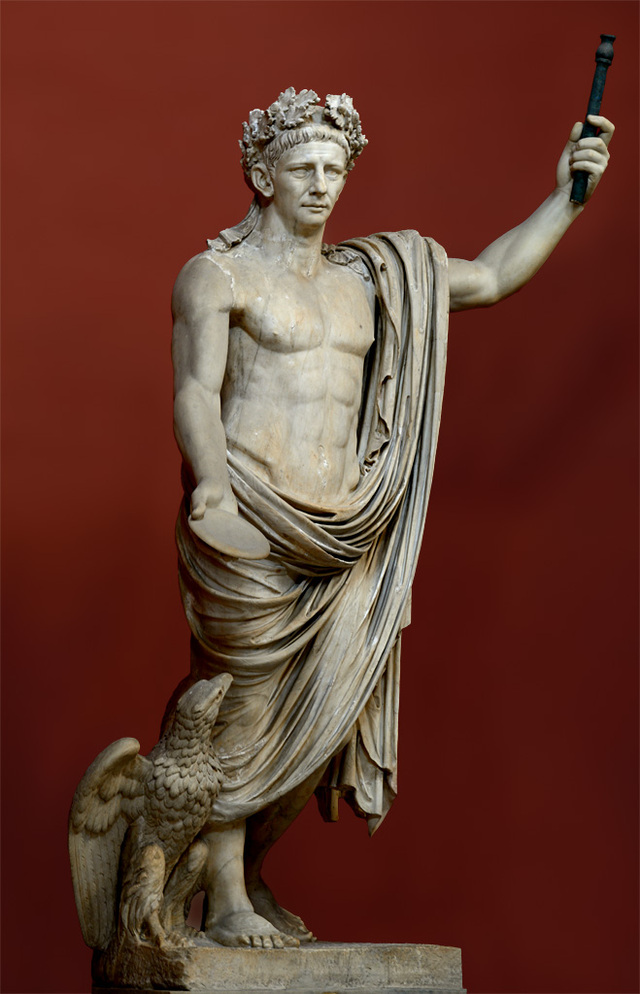
Roman Military Equipment: Armor, Weapons, and Decorations
Roman military gear was not just functional; it was also richly decorated, often incorporating symbols of victory and divine favor. The laurel wreath featured prominently on many of these items, such as helmets, scabbards, and shields. For example, a pugio found in the Roman burial ground of Haltern am See (1st century AD) is adorned with a wreath design, demonstrating how the wreath was used to signify both the soldier’s rank and his connection to the broader imperial narrative.
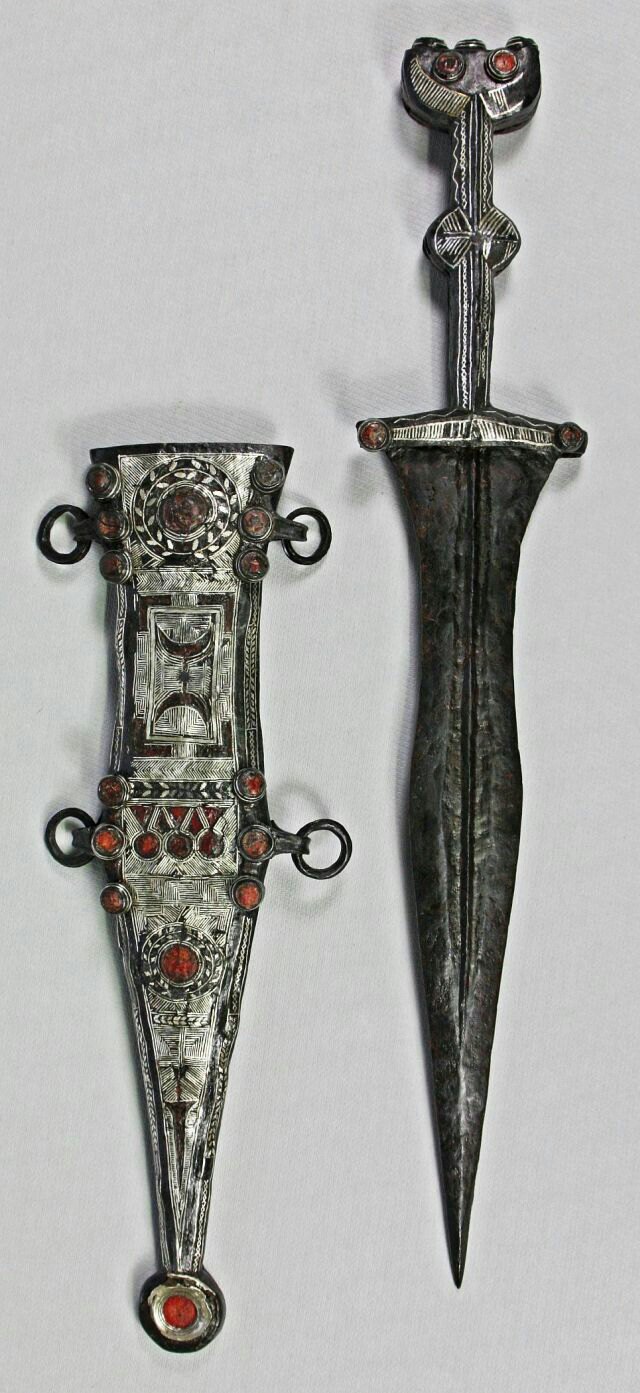
The importance of the wreath as a symbol of Roman victory extended to the soldiers’ parade gear as well. During triumphs and military parades, soldiers wore their best uniforms, which included the laurel wreath as a mark of distinction. The wreath’s presence in these public ceremonies reflected its broader role as a symbol of military glory and civic achievement.
The Role of Laurel in Roman Culture and its Legacy
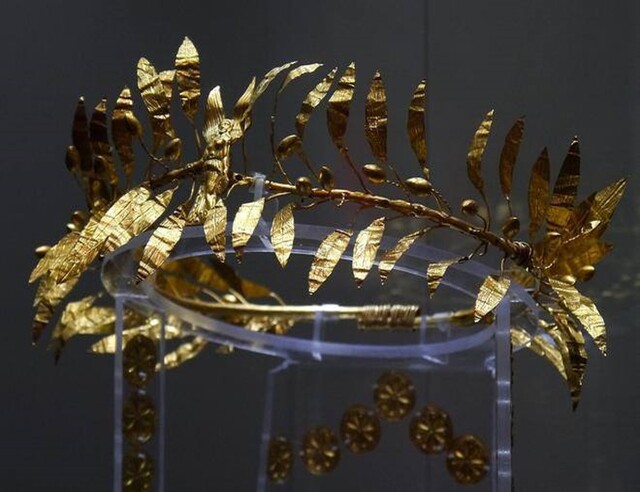
The symbolism of the laurel wreath extended beyond military contexts, influencing other aspects of Roman culture. In art, the laurel wreath was a symbol of poetic achievement and intellectual prowess, awarded to the winners of the Olympic Games and other contests of skill. In fact, the term “laureate,” meaning one who is honored or celebrated for their achievements, directly derives from the laurel wreath.
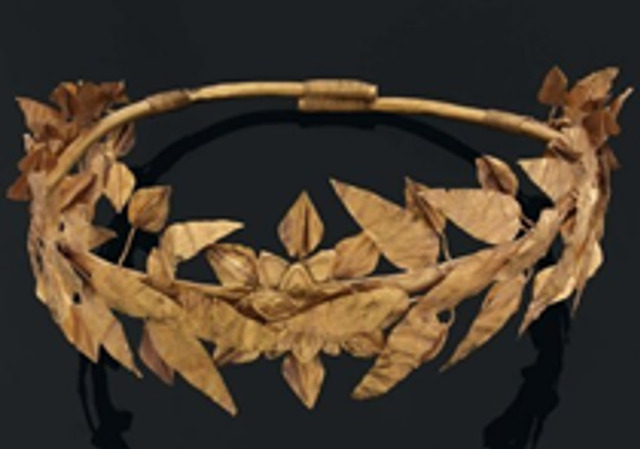
In modern culture, the laurel wreath has retained its status as a symbol of achievement. From academia to the arts, the wreath continues to evoke notions of honor, glory, and victory. Its association with the ancient Roman world, however, provides a unique historical context that links the past to the present.
Wreaths in Historical Artifacts and Archaeological Findings
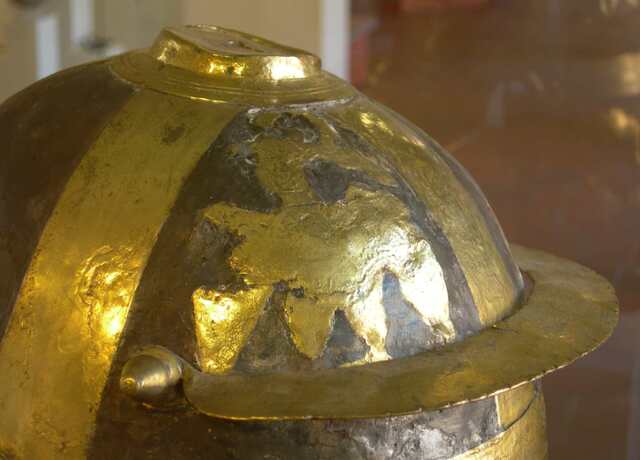
Archaeological discoveries have uncovered many examples of laurel wreaths and wreath motifs on Roman military equipment and artwork. One such find is a helmet type Imperial Italic D found in Mainz, Germany, which features eagles holding wreaths. This item, dating to the 1st century AD, illustrates the enduring presence of the wreath in Roman military iconography.
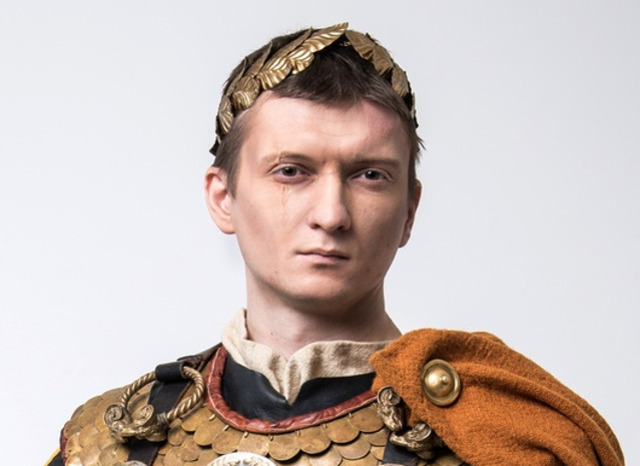
In addition to physical artifacts, historical art also showcases the laurel wreath’s role in Roman culture. Reliefs and bas-reliefs from the period depict military leaders and emperors adorned with wreaths, further cementing the wreath’s place as a symbol of power, divinity, and military success.
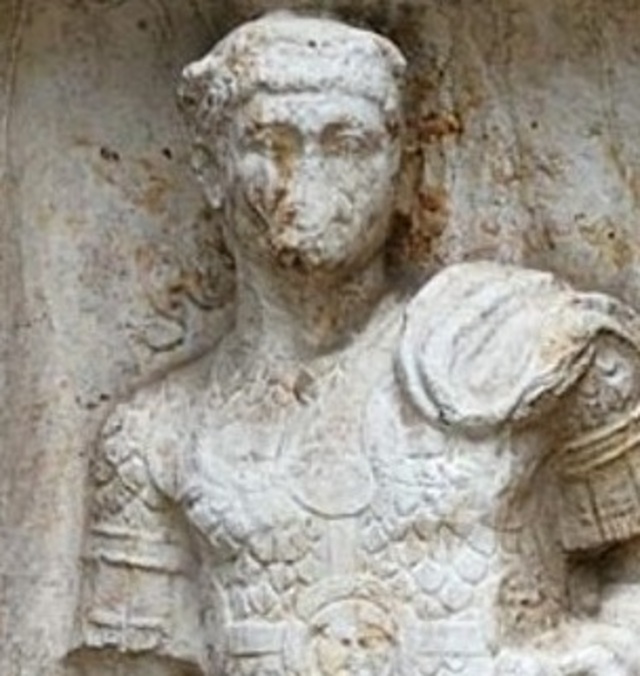
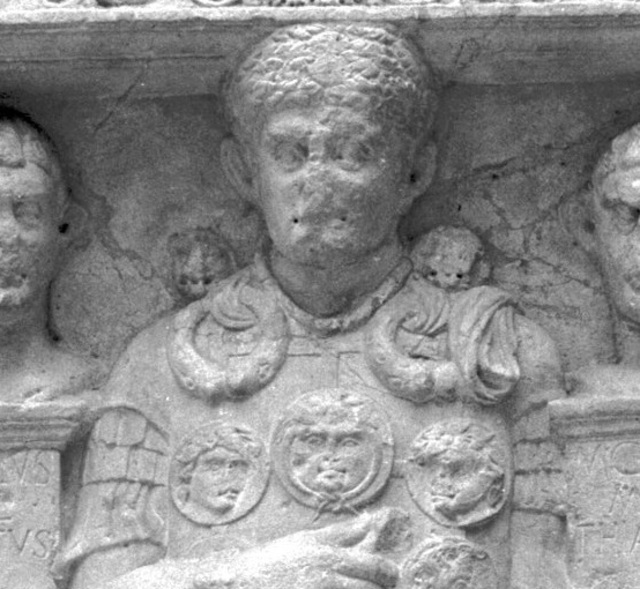
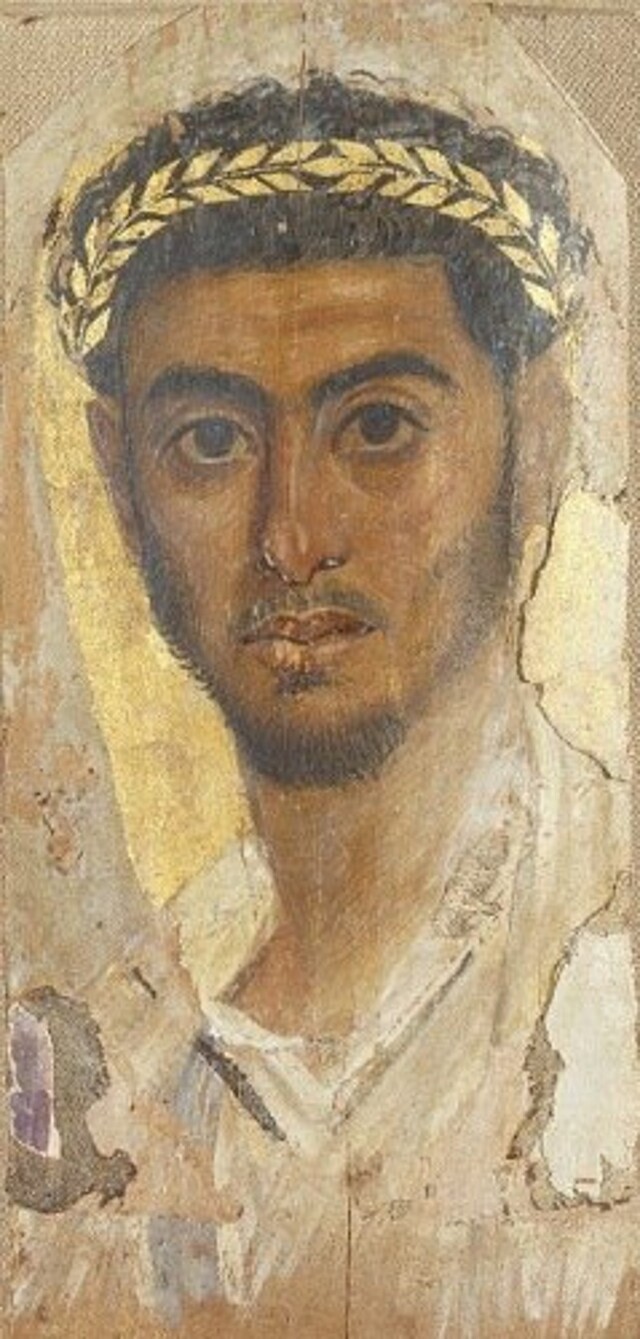
Video
Watch the video to explore famous European crowns.
Conclusion: The Lasting Impact of Laurel in Roman Culture
The laurel wreath stands as one of the most enduring symbols from ancient Rome, representing not only military prowess but also the deeper cultural and religious currents that shaped Roman society. From its association with the divine protection of Apollo to its role in military parades and public ceremonies, the laurel wreath transcended the battlefield to become a symbol of civic virtue, intellectual achievement, and personal honor.
Today, the legacy of the laurel wreath endures, continuing to inspire modern symbols of achievement and recognition. Its deep roots in Roman culture remind us of the lasting influence of ancient symbols and the powerful connections between military triumphs, divine favor, and cultural identity.



